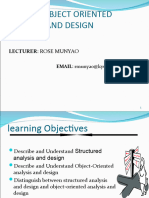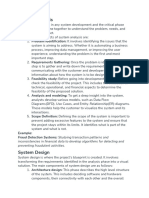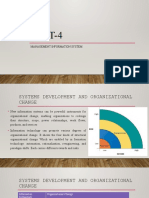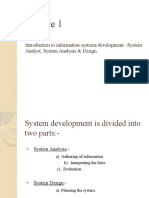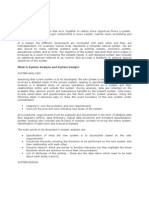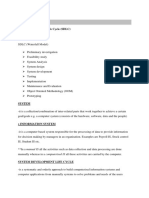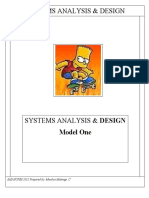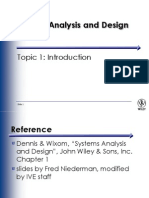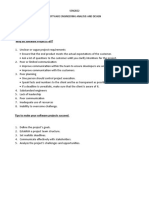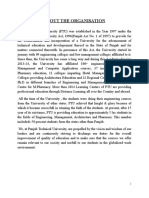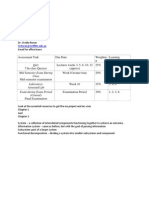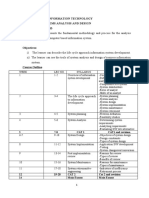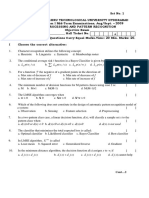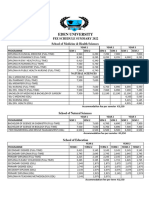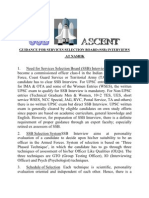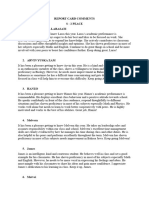0% found this document useful (0 votes)
4 views8 pagesApplication Development in Education
The document discusses system modeling in application development, emphasizing its importance in understanding user requirements, reducing complexity, and facilitating communication among stakeholders. It outlines the purpose and target group for models, structured analysis, and the structured method's objectives, benefits, and disadvantages. The content is aimed at educating students on effective modeling practices in educational contexts.
Uploaded by
oseiclinton396Copyright
© © All Rights Reserved
We take content rights seriously. If you suspect this is your content, claim it here.
Available Formats
Download as PPTX, PDF, TXT or read online on Scribd
0% found this document useful (0 votes)
4 views8 pagesApplication Development in Education
The document discusses system modeling in application development, emphasizing its importance in understanding user requirements, reducing complexity, and facilitating communication among stakeholders. It outlines the purpose and target group for models, structured analysis, and the structured method's objectives, benefits, and disadvantages. The content is aimed at educating students on effective modeling practices in educational contexts.
Uploaded by
oseiclinton396Copyright
© © All Rights Reserved
We take content rights seriously. If you suspect this is your content, claim it here.
Available Formats
Download as PPTX, PDF, TXT or read online on Scribd
/ 8



